How To Build Your Own GPU Ethereum Mining Rig – 2024 Guide
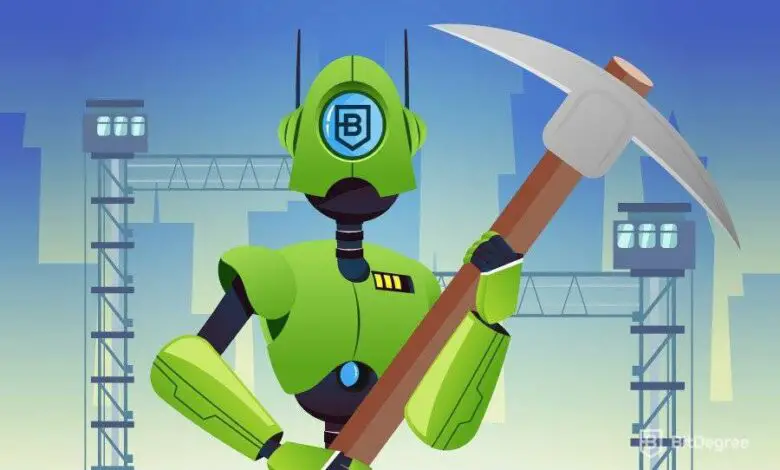
Ethereum refers to a network that connects the users and the databases involved in the production, exchange, tabulation, and circulation of Ether, one of the most popular modes of cryptocurrency globally. This particular cryptocurrency operates using the principle of blockchain.
A blockchain refers to a precise and accurate record of transactions of an Ether user in Ethereum. This record is stored and regularly updated in a similar fashion as banks do in the real world. This helps keep track of the exchanged units of Ether along with their precise count and their source location at any given position in the Ethereum.
The most significant advantage offered by Ether and other modes of cryptocurrency based on the principle of blockchain is the fact that there is no human authority or monitoring involved in any of the stages of a transaction. In response to the worldwide economic crash in 2008, blockchain uses tested codes that can be created, tested, reviewed, and edited by programmers all over the world.
Processes of Ethereum Mining
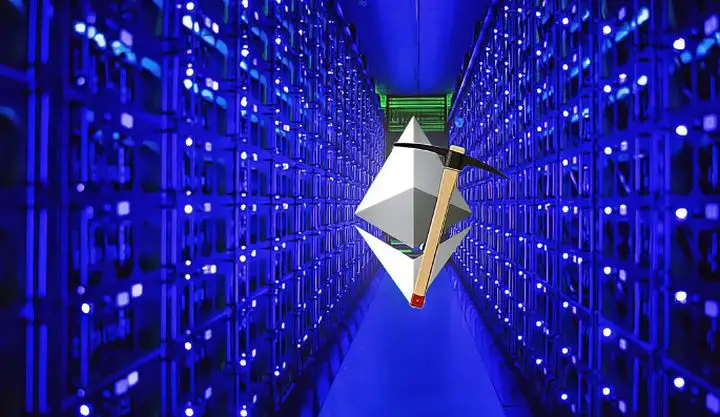
- Ethereum uses a network of specially designed computer systems that help monitor the security and the proper functioning of the transactions. These computer systems are known as Miners, and their primary function is to make sure that every transaction that occurs within the Ethereum is in accordance with the rules of the platform and that the user in question has enough units of Ether in their account to carry out the required transaction.
- After this, the miners organize the transactions in the form of blocks. A Miner is required to deduce a code that is unique to the particular block in question in order to add it to the network. This code, referred to as the “hash” of the block, is stored in the form of a string of characters. Each of these blocks houses its own unique block along with the hash of the preceding block. After locating the unique hash of the block, the Miners can then check the hash of the preceding block and make sure that the series of blocks, or blockchain, is in accordance with the findings.
- After the deduction of the hash codes, also known as the process of proof-of-work, the Miners can then add the new block to the blockchain to record the latest transaction. Every time a Miner adds a new block to a blockchain, they are paid a token reward which is known as the Mining fee. The Miner gets to keep all of the expenses that are involved in carrying out the transaction, along with a payment in Ether units, which is known as a block reward.
Ethereum Mining Rig
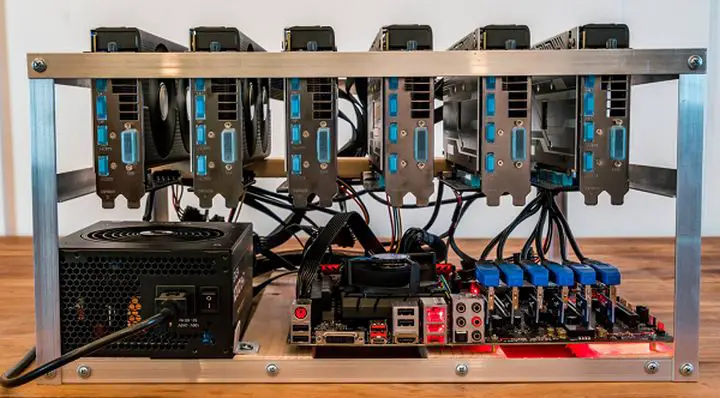
If you own a computer system that is customized for gaming, it is possible for you to mine Ethereum on your system. However, a proper Ethereum Mining Rig refers to a computer system that is specially built for the sole purpose of mining Ethereum. These Ethereum Mining Rigs are usually built and customized by the user, and therefore the process can involve a decent investment of money to buy the required components as well as time to put them all together.
The most significant equipment required in this process is the Graphics Processing Unit or the GPU. These GPUs are readily available in gaming consoles since they are required to display the photorealistic graphics used in most modern games on your computer screen. However, these GPUs are also useful in helping the Miner make a series of deductions in a small period of time to find out the hash codes involved in the blockchain.
Traditionally, an Ethereum Mining Rig can be expected to contain two GPUs. However, you may incorporate more GPUs into your system if you feel like it. The number of GPUs involved in the mining process will determine how strong and sophisticated the power source needs to be.
Components involved in an Ethereum Mining Rig
- Hardware
It is worth mentioning that NVIDIA and AMD are the two top manufacturers of GPUs in the world.
- Software
The purpose of the mining software is to establish a connection between your Ethereum Mining Rig and the global network of Ethereum. The process of downloading mining software can be quite risky. Many times, these sources are found to be infected with viruses and malware that hackers may use to try and steal your block rewards. You are advised to only use the most trusted software, such as Claymore, EthOS and Geth, and avoid all suspicious internet sources.
Building an Ethereum Mining Rig
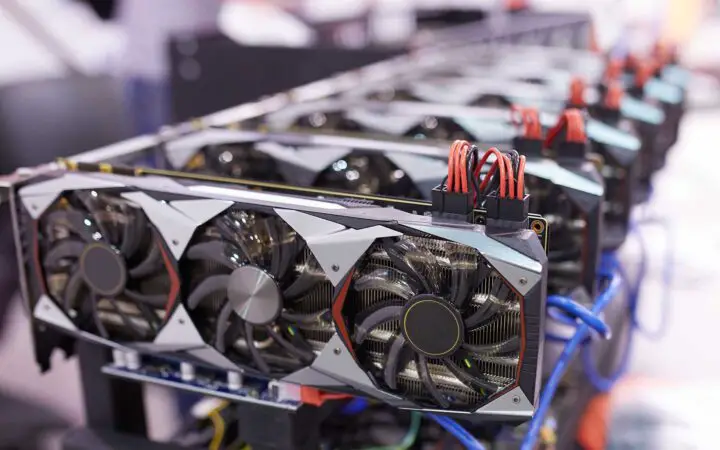
- The rig
- Build two square apparatus using 14 inches angled aluminum and connect them using longer aluminum strips. This should give you a cuboid framework.
- At a distance of 3 to 4 inches away from the frame, add another long aluminum strip such that it forms the shape of a crossbar. This apparatus will later be used to support the GPU.
- At the bottom of the steel frame, add three wooden blocks such that the dimensions of your motherboard may fit perfectly at the bottom of the rig.
- The computer
- Place the motherboard at the bottom of the rig.
- Carefully place your CPU on the CPU housing area of your motherboard. Make sure your hands are clean during this process.
- Position the heat sink on top of the CPU and plug it into the 4-pin connector beside the apparatus.
- Check the users’ manual for your motherboard and position your RAM where it is supposed to be.
Conclusion
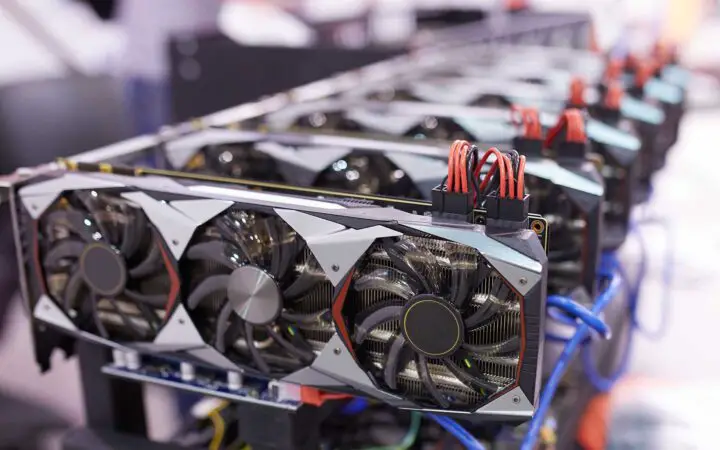
This article covers the fundamental concepts that you need to consider before building your own Ethereum Rig. It also briefly walks you through the physical process involved in building an Ethereum Mining Rig from scratch.
If you are looking to pursue a career as a Miner, make sure you use only the most trusted cryptocurrency exchange platforms. For a more detailed outline of the processes involved in Mining, you may visit this go URL and gain more information.
